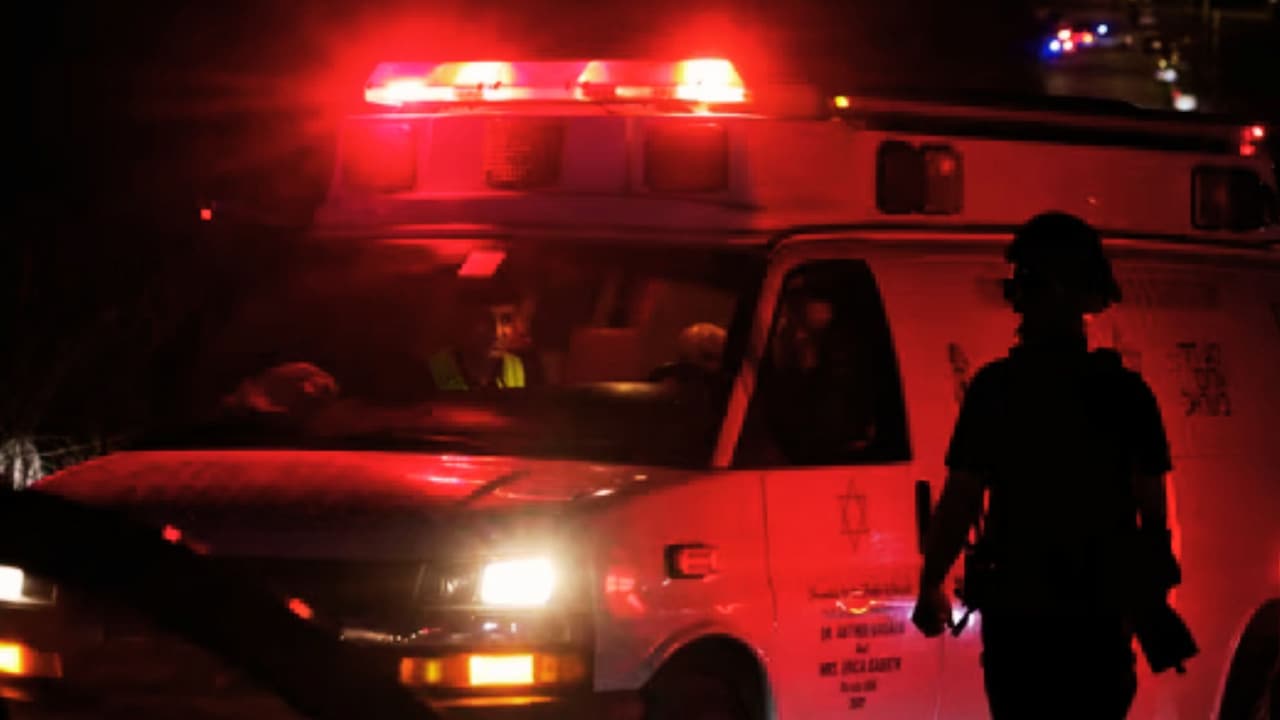Hezbollah Drone Strike Wounds Dozens Near Haifa: Tensions Escalate on Israel-Lebanon Border
As a news reporter on the ground in northern Israel, I’m bringing you the latest on a significant escalation in the ongoing conflict between Israel and Hezbollah.
On Sunday, October 13, 2024, a drone strike south of Haifa left over 60 people wounded, according to Israeli rescue services. This attack marks a concerning development in the region’s volatile situation.
United Hatzalah, a volunteer rescue organization, reported treating more than 60 individuals with injuries ranging from mild to critical. The group’s ambulance teams rushed to the scene, providing immediate medical assistance to those affected by the strike.
Earlier that day, Hezbollah, the Lebanese militant group, claimed responsibility for launching “a squadron of attack drones” at a military training camp in Binyamina, just south of Haifa. This action was reportedly in response to recent Israeli airstrikes on Lebanon.
The incident highlights the growing reach of Hezbollah’s attacks. While the group has been firing rockets and drones into Israel for over a year, their strikes have become more far-reaching since late September, when hostilities intensified.
This latest attack follows a separate incident just two days prior, where air raid sirens blared in central Israel. Two drones from Lebanon entered Israeli airspace, causing damage to at least one building north of Tel Aviv.
Israel’s advanced air defense systems, including the well-known Iron Dome, have successfully intercepted most incoming projectiles. However, Sunday’s attack demonstrates that these defenses are not impenetrable, and the threat to civilian lives remains very real.
The Israeli military has yet to release an official statement on the specifics of the attack or potential retaliation. However, tensions in the region are undoubtedly on the rise.
Resident Sarah Cohen, who lives near the affected area, shared her experience: “We heard a loud explosion, and then chaos erupted. It’s terrifying to think we’re constantly at risk, even this far from the border.”
The ongoing conflict between Israel and Hezbollah has deep roots, stretching back decades. Hezbollah, backed by Iran, has long been at odds with Israel, with periods of intense fighting interspersed with uneasy ceasefires.
This latest escalation raises concerns about a potential wider conflict. International observers closely monitor the situation, with many calling for restraint on both sides to prevent further bloodshed.
Dr. Eli Stern, a political analyst specializing in Middle East affairs, offers his perspective: “This attack represents a significant escalation. Hezbollah’s ability to strike deeper into Israeli territory could force a more aggressive response from Israel, potentially leading to a wider regional conflict.”
The humanitarian impact of this ongoing tension cannot be overstated. Civilians on both sides of the border live in constant fear, with many forced to seek shelter at a moment’s notice.
As the situation develops, questions arise about the effectiveness of diplomatic efforts to ease tensions in the region. The international community faces mounting pressure to intervene and facilitate dialogue between the conflicting parties.
In the coming days, all eyes will be on the Israeli government’s response to this attack. Will they opt for a measured approach, or will this incident trigger a more forceful retaliation? The answer to this question could shape the region’s future for years.
As we continue to monitor this evolving situation, one thing is clear: the people of northern Israel and southern Lebanon remain caught in the crossfire of a conflict with no easy resolution in sight. The hope for peace persists, but the path to achieving it grows increasingly complex daily.
This is Sarah Johnson, reporting from Haifa, Israel. We’ll bring you updates as this story unfolds.
